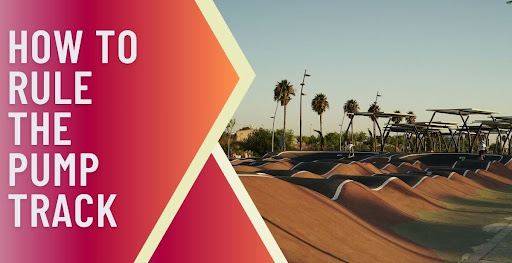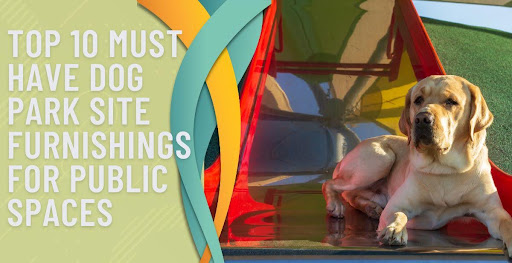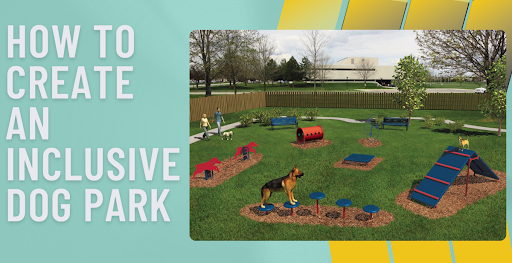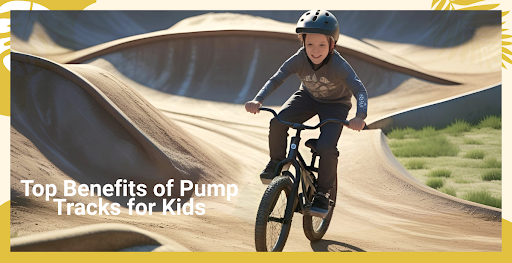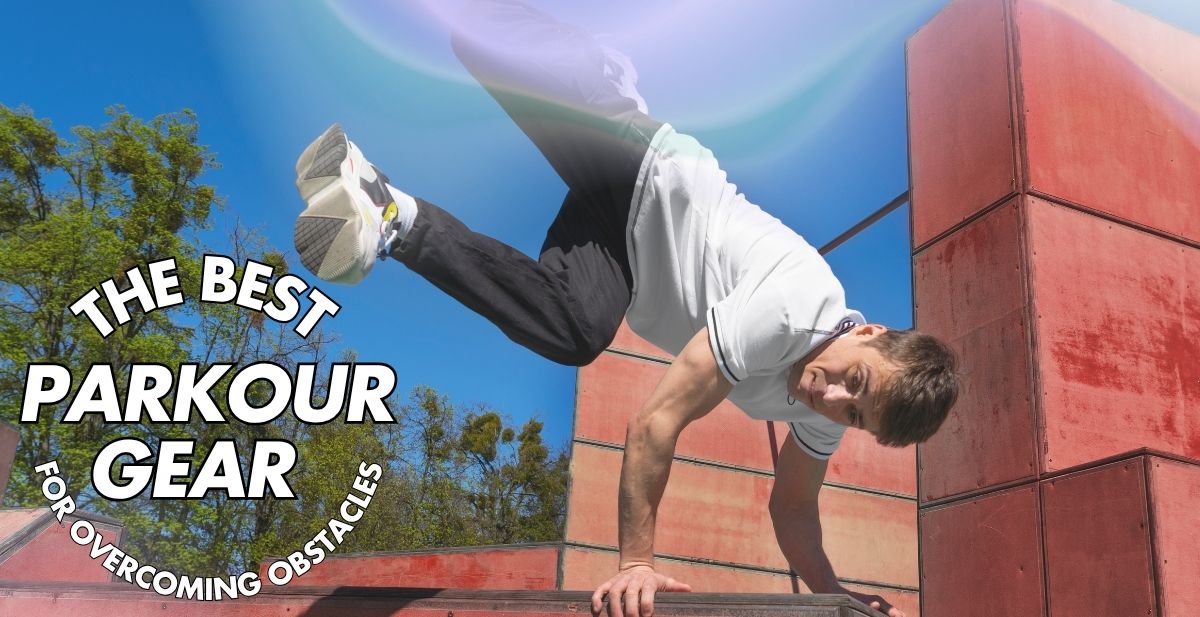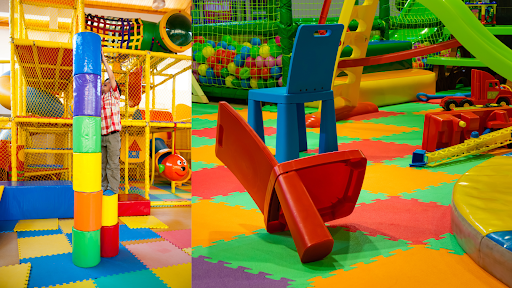7 Types of Skateparks
Explore 7 types of skateparks and how each one has shaped skateboarding culture and the way riders connect with their environment.


In recent years, skateboarding has transformed remarkably, transcending its origins as a counterculture pastime to become a prominent and widely embraced sport. At the heart of this cultural shift lie skateparks, integral spaces that serve as epicenters of the skateboarding community.
This article embarks on a journey through skateparks' rich history and diverse landscape, providing insight into their pivotal role in skateboarding. As we explore the seven types of skateparks that have emerged over time, we'll uncover the multifaceted significance of these spaces and their profound impact on shaping the vibrant culture of skateboarding.
The History of Skateparks

The history of skatepark development is a fascinating journey that begins in the 1950s. During this era, skateboarders had to rely on their creativity and adaptability, as they often resorted to riding in empty swimming pools and navigating the streets and sidewalks for terrain.
However, the turning point in skateboarding history occurred in the 1970s when the first dedicated skate parks, such as Surf City, were constructed. These purpose-built skateparks provided skateboarders with safer and more challenging environments and played a pivotal role in shaping skateboarding culture and its evolution into a mainstream sport.
This period marked a significant milestone in the skatepark typology, as it set the stage for developing various skatepark designs and styles that continue to thrive today.
7 Types of Skateparks
1. Traditional Street Skateparks
Traditional street skateparks are the most iconic and widely recognized type of skate park, often resembling a bustling street plaza within the skateboarding world. They meticulously replicate the aesthetics of urban landscapes, incorporating a range of obstacles like rails, stairs, and ledges that closely emulate the challenges encountered in street skating.
Skateboard park participation in these environments is highly engaging, as skaters are drawn to the authentic, real-world feel that these parks provide. What distinguishes traditional street skateparks is their design philosophy, which mirrors the streetscape, creating an environment that offers skaters a genuine real-world experience, making every trick and maneuver feel right off the city streets.
Across the globe, famous street skateparks like Embarcadero in San Francisco and Love Park in Philadelphia have transcended their local origins, achieving iconic status among skateboarders and becoming cultural landmarks that have shaped the sport's history within the context of Surf City.
2. Bowl and Pool Skateparks
Bowl and pool skateparks provide a distinctive and exhilarating skating experience featuring deep, concave terrain reminiscent of empty swimming pools. The allure of these skateparks lies in their ability to offer skaters a unique environment for exploration and creativity.
Understanding bowls and pools involves recognizing their large, curved surfaces, which enable skaters to seamlessly carve and execute tricks in a continuous flow, allowing for an unparalleled sense of fluidity in their maneuvers. Among the most renowned examples in the skateboarding world are the legendary Dogtown Skatepark in California, celebrated for its historical significance in the sport, and the Bondi Beach Skatepark in Australia, known for its stunning coastal location and innovative design, both of which have left an indelible mark on skateboarding culture.
3. Vert Ramps and Half-Pipes
Vert ramps and half-pipes are iconic features within the skateboarding world. They are known for their steep vertical transitions, providing skaters with the exhilarating experience of catching air and executing gravity-defying aerial maneuvers.
The thrill of vertical skating lies in the challenges these structures pose, featuring steep inclines and seamless transitions that demand a high level of skill and technique. Vert ramps have garnered a dedicated following among vert skateboarders who relish the opportunity to push the boundaries of aerial skateboarding.
Some of the most notable vert ramps include the awe-inspiring X Games Mega Ramp, a stage for some of the most daring feats in skateboarding, and the legendary Bob Burnquist Dreamland MegaRamp, a symbol of innovation and progression within the realm of vertical skateboarding.
4. Indoor Skateparks
Indoor skateparks offer skateboarders a refuge from the unpredictable elements, allowing them to pursue their passion throughout the year. The benefits of skateparks for kids are particularly evident in these controlled environments, where young skaters can safely learn and practice their skills regardless of the weather. These facilities are known for their diversity, featuring various obstacles and surfaces constructed from materials like wood or concrete.
The distinctive features of indoor skateparks go beyond weather protection, providing controlled environments that ensure consistent conditions for skateboarding. These conditions enable skateboarders to focus on honing their skills without interruption.
Leading indoor skateparks, such as the Berrics in Los Angeles and the House of Vans in London, have become iconic destinations for skateboarders, not only for their top-notch facilities but also for their roles in shaping skateboarding culture and fostering a sense of community among enthusiasts.
5. DIY and Community-Built Skateparks
DIY and Community-Built Skateparks embody a unique spirit within the skateboarding world. The DIY skatepark movement champions community involvement and resourcefulness as essential in creating skate spaces.
These skateparks aren't built by professional designers alone. Still, they result from collaborative efforts between skaters and their local communities, fostering a profound sense of ownership and camaraderie among those involved.
Notable examples of community-built skateparks are scattered across the globe. Burnside Skatepark in Portland, Oregon, stands as a shining testament to the dedication and grassroots efforts of skateboarders who came together to transform an unused space into a thriving skateboarding haven.
Similarly, FDR Skatepark in Philadelphia, Pennsylvania, has become an iconic symbol of DIY skatepark culture, where skaters and their community have worked tirelessly to create an urban playground that pays homage to the true essence of skateboarding. These community-built skateparks serve as inspiring models of what can be achieved when passionate skateboarders and their communities unite to create unique, skater-driven spaces.
6. Pump Tracks and Flow Parks
Pump tracks and flow parks represent an exciting evolution in skatepark design, focusing on providing skaters and riders with a continuous and exhilarating riding experience, whether on BMX bikes, skateboards, or other wheeled devices. The rise of pump tracks within the skateboarding world has introduced a unique challenge for riders, as berms and rollers characterize these tracks.
Skaters and riders must skillfully pump and carve to gain speed and maintain momentum, creating a seamless and dynamic flow that keeps them engaged and entertained. Famous pump tracks and flow parks have made their mark on the global skateboarding and skate spot scene.
The Eastside Trails in Austin, Texas, is renowned for its well-designed track and vibrant skate community. On an international scale, the Velosolutions Pump Track in Switzerland has gained a reputation as a world-class facility, attracting skaters, riders, and enthusiasts from all corners of the globe who seek to experience its immaculate flow and expertly crafted features.
These celebrated pump tracks exemplify the universal appeal and excitement this skatepark design brings to the skateboarding and small skatepark community.
7. Modular and Portable Skateparks
Modular and portable skateparks have emerged as innovative solutions, providing remarkable flexibility in skatepark design that accommodates temporary installations and communities constrained by limited space. The essential advantage of these skateparks lies in their adaptability, as modular skateparks can be efficiently assembled and disassembled.
This feature allows them to transition seamlessly between various locations and cater to different events, ensuring that skateboarding remains accessible and engaging for communities of all sizes and needs, from private parks to small and regional skateparks.
Noteworthy examples of modular and portable skatepark systems include the Graw Jump Ramps and the MOSSA Portable Skatepark System. These pioneering designs demonstrate the endless possibilities that modular and portable skateparks offer, where creativity and functionality converge to create unique skating environments that can be tailored to suit the preferences and requirements of skateboarders and communities worldwide.
Materials Skatepark Construction

Skatepark construction can utilize various materials depending on budget, location, and design. The primary materials used in skatepark construction include:
Concrete Skatepark Construction
Concrete skatepark construction is a method that relies heavily on using concrete as the primary material for building skateboarding facilities. When you build a skatepark using concrete, you gain significant advantages, including exceptional durability and versatility.
Concrete skateparks can feature a wide array of skateboarding obstacles and features, such as ramps, bowls, and ledges, all contributing to a smooth and robust riding surface that skaters find ideal for honing their skills and performing tricks. These concrete parks and concrete ramps have become staples in the skateboarding world, providing skaters with dependable and challenging terrain for their endeavors.
Wood Skatepark Construction
Wood skatepark construction centers around wood as the primary material for skateboarding facility construction. This method is preferred for its flexibility and cost-effectiveness, making it suitable for creating temporary or portable skateparks.
The wooden surfaces in these skateparks provide skaters with a forgiving and softer landing, appealing to those looking to practice tricks and maneuvers with a more cushioned feel.
Metal Skatepark Construction
Metal skatepark construction involves using robust metal materials, typically steel or aluminum, to craft various skateboarding elements, including rails, coping, and structural components. This choice is made for its exceptional durability and resilience to adverse weather conditions, guaranteeing that these features can endure the rigorous demands of skateboarding activities and the effects of exposure to the elements.
Hand-made Skateparks
Hand-made skateparks represent skateboarding facilities created through the collaborative efforts of skateboarders and local communities, using a blend of materials that reflect the builders' passion and creativity. These unique skateparks may incorporate materials such as wood, concrete, or metal, depending on available resources and the collective vision of the builders.
Hand-made skateparks stand out for their distinct character, embodying the spirit and dedication of those involved in their construction, ultimately becoming vibrant hubs for the skateboarding community.
Final Thoughts
Skateparks have undergone significant evolution, giving rise to a diverse array of designs and styles that have played pivotal roles in shaping the vibrant culture of skateboarding. From the iconic traditional street skateparks to the grassroots spirit of DIY community-built spaces, each type has contributed its unique flavor to the skateboarding world.
As skateboarding continues its upward trajectory, we can anticipate further innovations and advancements in skatepark design, offering skaters fresh and exhilarating opportunities to push their limits. If you're interested in building a skatepark, consider contacting Park N Play Design, a company offering a comprehensive range of skatepark build methods to suit your needs.
Embrace the skateboarding world, explore different skatepark types, and discover the thrill of this dynamic sport.
FAQs
What are skateboard parks called?
Skateboard parks are commonly called "skateparks" by enthusiasts and communities worldwide.
How to design skateparks?
Designing skateparks involves considering factors like terrain, obstacles, and safety measures, and it often requires input from experienced skateboarders and professional designers.
What is the area of a skatepark?
The size of a skatepark can vary widely, but it typically ranges from 10,000 to 40,000 square feet, depending on the location and intended use.


